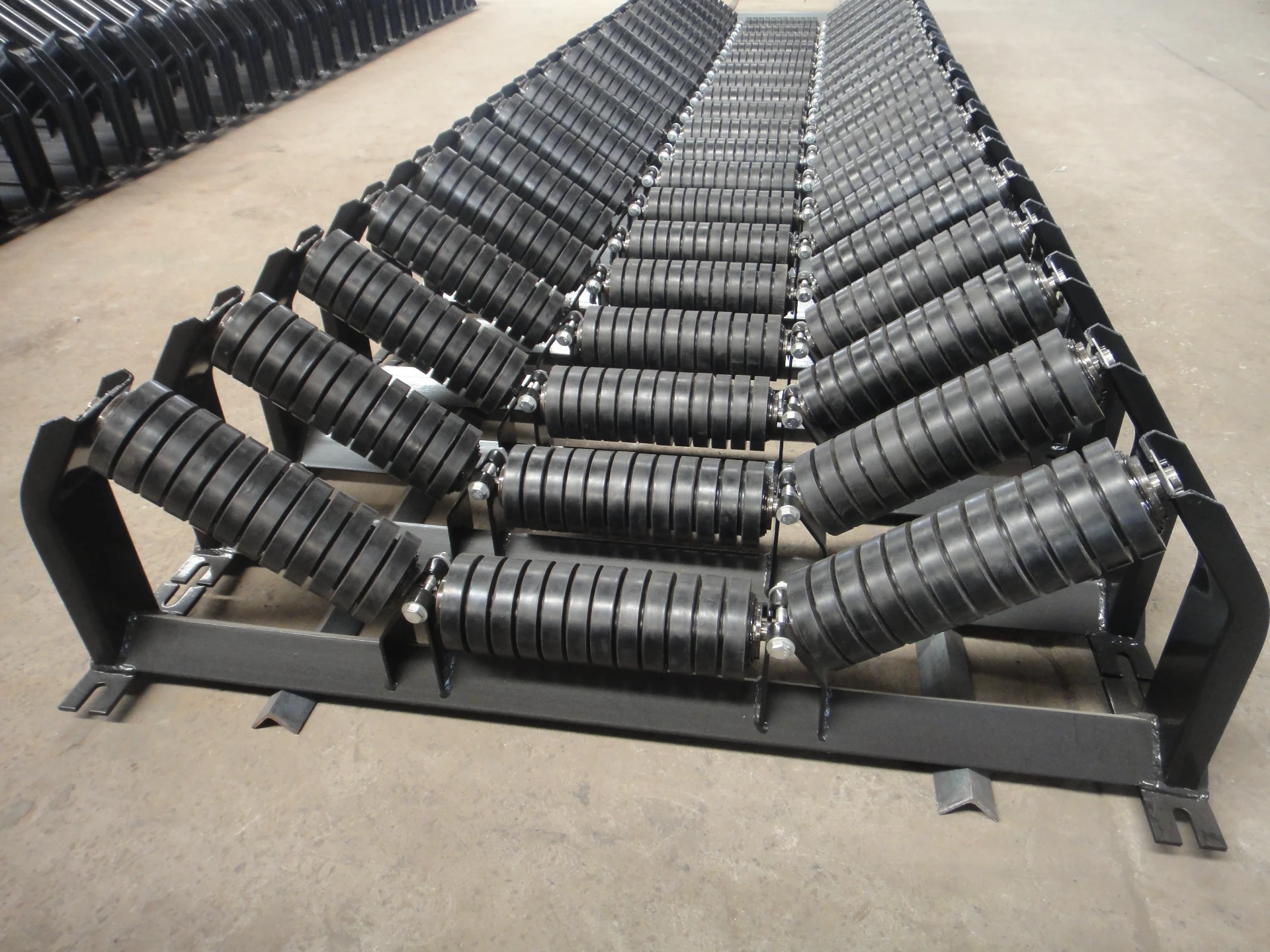 Afrikaans
Afrikaans  Albanian
Albanian  Amharic
Amharic  Arabic
Arabic  Armenian
Armenian  Azerbaijani
Azerbaijani  Basque
Basque  Belarusian
Belarusian  Bengali
Bengali  Bosnian
Bosnian  Bulgarian
Bulgarian  Catalan
Catalan  Cebuano
Cebuano  Corsican
Corsican  Croatian
Croatian  Czech
Czech  Danish
Danish  Dutch
Dutch  English
English  Esperanto
Esperanto  Estonian
Estonian  Finnish
Finnish  French
French  Frisian
Frisian  Galician
Galician  Georgian
Georgian  German
German  Greek
Greek  Gujarati
Gujarati  Haitian Creole
Haitian Creole  hausa
hausa  hawaiian
hawaiian  Hebrew
Hebrew  Hindi
Hindi  Miao
Miao  Hungarian
Hungarian  Icelandic
Icelandic  igbo
igbo  Indonesian
Indonesian  irish
irish  Italian
Italian  Japanese
Japanese  Javanese
Javanese  Kannada
Kannada  kazakh
kazakh  Khmer
Khmer  Rwandese
Rwandese  Korean
Korean  Kurdish
Kurdish  Kyrgyz
Kyrgyz  Lao
Lao  Latin
Latin  Latvian
Latvian  Lithuanian
Lithuanian  Luxembourgish
Luxembourgish  Macedonian
Macedonian  Malgashi
Malgashi  Malay
Malay  Malayalam
Malayalam  Maltese
Maltese  Maori
Maori  Marathi
Marathi  Mongolian
Mongolian  Myanmar
Myanmar  Nepali
Nepali  Norwegian
Norwegian  Norwegian
Norwegian  Occitan
Occitan  Pashto
Pashto  Persian
Persian  Polish
Polish  Portuguese
Portuguese  Punjabi
Punjabi  Romanian
Romanian  Russian
Russian  Samoan
Samoan  Scottish Gaelic
Scottish Gaelic  Serbian
Serbian  Sesotho
Sesotho  Shona
Shona  Sindhi
Sindhi  Sinhala
Sinhala  Slovak
Slovak  Slovenian
Slovenian  Somali
Somali  Spanish
Spanish  Sundanese
Sundanese  Swahili
Swahili  Swedish
Swedish  Tagalog
Tagalog  Tajik
Tajik  Tamil
Tamil  Tatar
Tatar  Telugu
Telugu  Thai
Thai  Turkish
Turkish  Turkmen
Turkmen  Ukrainian
Ukrainian  Urdu
Urdu  Uighur
Uighur  Uzbek
Uzbek  Vietnamese
Vietnamese  Welsh
Welsh  Bantu
Bantu  Yiddish
Yiddish  Yoruba
Yoruba  Zulu
Zulu return pulley
Understanding Return Pulley A Key Component in Mechanical Systems
In the world of mechanical engineering and systems design, there are numerous components that play a critical role in ensuring efficiency and functionality. One such component is the return pulley. Often overlooked, the return pulley is integral in various applications, ranging from simple machines to complex industrial systems. This article aims to explore the definition, functionality, and applications of return pulleys, highlighting their importance in mechanical operations.
What is a Return Pulley?
A return pulley, as the name suggests, assists in the return pathway of a cable or belt within a mechanical system. It is essentially a wheel on an axle or shaft designed to guide the direction of tension in a cable or belt. This component helps maintain the alignment and proper movement of these materials, ensuring they operate smoothly and effectively. The return pulley can be found in various settings, including cranes, conveyor belts, automotive applications, and even fitness equipment such as treadmills.
Functionality of Return Pulleys
The primary function of a return pulley is to redirect the motion of a belt or cable. This redirection is crucial for several reasons
1. Tension Maintenance In any cable-driven system, maintaining the correct tension is vital. A return pulley helps in keeping the cable taut, preventing slack which could lead to inefficiency or even mechanical failure.
2. Directional Change Often, the path of a cable or belt needs to change direction. A return pulley allows for smooth transitions, guiding the cable or belt along a desired route without causing excessive wear or tear.
3. Space Optimization In compact designs, return pulleys enable the configuration of cables or belts within limited space. By redirecting the path, they help organize components without compromising performance.
return pulley

4. Load Distribution Return pulleys play a role in distributing loads across multiple points. This is especially important in heavy machinery where equal weight distribution is necessary to prevent undue stress on any single part of the system.
Applications of Return Pulleys
Return pulleys are versatile components utilized in a myriad of applications across different industries
- Crane Systems In cranes, return pulleys guide cables to allow for the lifting and lowering of heavy loads with precision. They are essential for ensuring the smooth operation of these machines.
- Conveyor Belts In manufacturing and logistics, return pulleys are pivotal in conveyor systems. They help guide the conveyor belt back to its starting position, ensuring continuous operation and efficiency in transporting materials.
- Sports Equipment In gym machines like cable crossovers or rowing machines, return pulleys facilitate the movement of the resistance cables, allowing users to engage in different exercises seamlessly.
- Automotive Applications In vehicles, especially those using timing belts and serpentine belts, return pulleys are essential for the proper functioning of the engine components.
Conclusion
Return pulleys, while often taken for granted, are a fundamental part of numerous mechanical systems. Their ability to maintain tension, redirect motion, and optimize space makes them invaluable in various applications. Whether in industrial settings, recreational equipment, or automotive designs, understanding the role of return pulleys helps us appreciate the intricacies of mechanical engineering. As technology advances, the design and efficiency of return pulleys continue to evolve, promising even greater enhancements in performance across various fields. As we strive for innovation and efficiency, the return pulley remains a testament to the simplicity and effectiveness of well-engineered solutions in the realm of mechanics.
-
Revolutionizing Conveyor Reliability with Advanced Rubber Lagging PulleysNewsJul.22,2025
-
Powering Precision and Durability with Expert Manufacturers of Conveyor ComponentsNewsJul.22,2025
-
Optimizing Conveyor Systems with Advanced Conveyor AccessoriesNewsJul.22,2025
-
Maximize Conveyor Efficiency with Quality Conveyor Idler PulleysNewsJul.22,2025
-
Future-Proof Your Conveyor System with High-Performance Polyurethane RollerNewsJul.22,2025
-
Driving Efficiency Forward with Quality Idlers and RollersNewsJul.22,2025





























